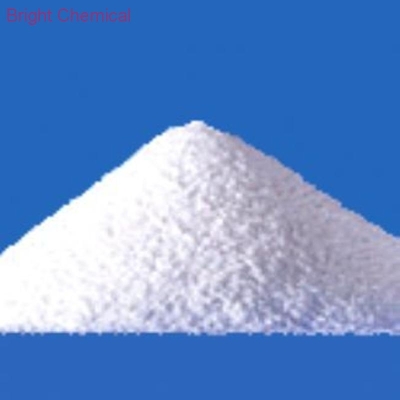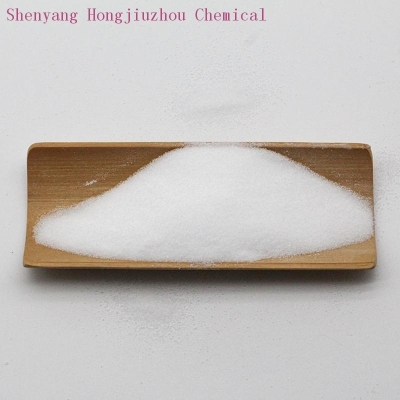-
Categories
-
Pharmaceutical Intermediates
-
Active Pharmaceutical Ingredients
-
Food Additives
- Industrial Coatings
- Agrochemicals
- Dyes and Pigments
- Surfactant
- Flavors and Fragrances
- Chemical Reagents
- Catalyst and Auxiliary
- Natural Products
- Inorganic Chemistry
-
Organic Chemistry
-
Biochemical Engineering
- Analytical Chemistry
- Cosmetic Ingredient
-
Pharmaceutical Intermediates
Promotion
ECHEMI Mall
Wholesale
Weekly Price
Exhibition
News
-
Trade Service
Recently, the plant protein structure and function regulation innovation team of the Institute of Agricultural Products Processing , Chinese Academy of Agricultural Sciences has systematically revealed for the first time the influence of commonly used salad dressing ingredients on the quality characteristics of emulsions.
good application prospects .
The related results were published in Food Chemistry .
good application prospects .
The related results were published in Food Chemistry .
According to researcher Wang Qiang, traditional salad dressing is an oil-in-water (O/W) emulsion system with egg yolk as an emulsifier, and its oil content exceeds 70%, which has potential risks of obesity, cardiovascular and cerebrovascular diseases
.
In recent years, the use of solid particles instead of traditional emulsifiers to prepare Pickering emulsion-based vegetarian salad dressings with stable quality and healthy nutrition has become a research hotspot.
However, in the process of industrial production, commonly used salad dressing ingredients will change the emulsion system environment, thereby affecting the final product.
quality
.
.
In recent years, the use of solid particles instead of traditional emulsifiers to prepare Pickering emulsion-based vegetarian salad dressings with stable quality and healthy nutrition has become a research hotspot.
However, in the process of industrial production, commonly used salad dressing ingredients will change the emulsion system environment, thereby affecting the final product.
quality
.
The researchers found that acetic acid and salt changed the net charge of the pea protein-based particle emulsifier, which in turn affected the particle size and rheological properties of the salad dressing emulsion; sucrose had no significant effect on the particle size of the salad dressing emulsion, but dispersed The sucrose in the continuous phase increases the apparent viscosity of the emulsion by hindering the movement of droplets, which reduces the thixotropic recovery rate of the emulsion by more than 30%
.
The final selection was to carry out a 100-kg pilot scale-up under the conditions of pH 3.
5, salt and sucrose additions of 350 mmol/kg and 4%, respectively.
Products for sale are close
.
.
The final selection was to carry out a 100-kg pilot scale-up under the conditions of pH 3.
5, salt and sucrose additions of 350 mmol/kg and 4%, respectively.
Products for sale are close
.
The research was funded by the Science and Technology Innovation Project of the Chinese Academy of Agricultural Sciences and other projects
.
.
org/10.
1016/j.
foodchem.
2021.
131866







